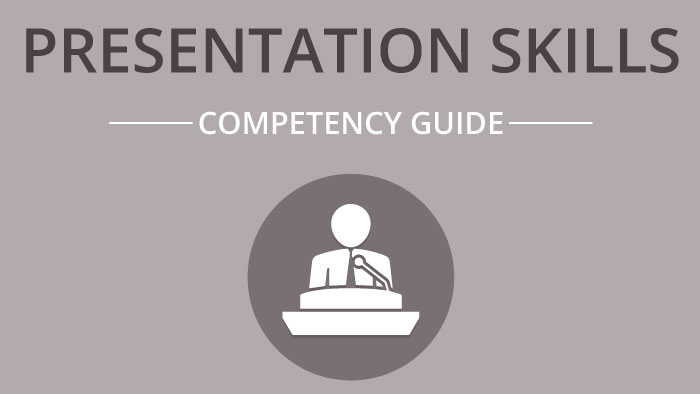By Daniela Ibarra
Public speaking is not a talent – it is a skill that can be learned and improved upon.
Whether you are a manager, supervisor or individual contributor at your organization, it is very likely that you will need to deliver a presentation at some point in your career. But how do you avoid giving a boring, data dump presentation? Here are four steps to help you improve your presentation skills:
1. Set a Goal
Many presenters focus on practicing their delivery over and over, but forget to set a goal for the presentation. Without a goal in mind, you are setting yourself up for failure.
“If you don’t know what you want to achieve in your presentation, your audience never will.”
– Harvey Diamond
Your presentation must have a unique purpose – what you want to achieve or get from the audience. For example, in a selling situation, your goal might be to close the sale. If it is too early in the process, your goal then might be to schedule the next meeting.
2. Write an Outline
With a goal in mind, now you can structure your presentation. Having an outline will help you organize your ideas into a logical and compelling message.
A great outline generally includes three sections: a problem or opportunity, a solution, and benefits. This last section is crucial – it is the why of your presentation. You can easily present a problem and a solution, but without the benefits, you risk raising awareness of a problem and then have your audience look for a solution somewhere else. You must show them why your solution is the best one.
3. Open Strong
The way you start a presentation usually sets the tone and gives your audience a reason to listen (or not). You only have a few seconds to make a good impression and grab their attention before they start looking at their phones or just wander away.
Instead of the usual “my name is X and I am going to talk about X,” great presenters often start with a famous quote, a rethorical question, or even a story that helps gets the point across.
4. Engage your Audience
To make your presentation engaging, start by taking a look at your outline and think of ways to spice it up. Visual aids, language and emotion can have a big impact when delivering a presentation.
Most people tend to make decisions emotionally rather than logically, so if you can get your audience to care, then you have pretty much convinced them of whatever it is you have to say.
When appropriate, asking questions and opinions in the middle of the presentation is also a good way to engage your audience.
Learn more about how to deliver effective presentations with our competency guide covering the ins and outs of presentational speaking:
Daniela Ibarra researches and writes on a variety of business topics, including workplace dynamics, HR strategies, and training trends and technology.

